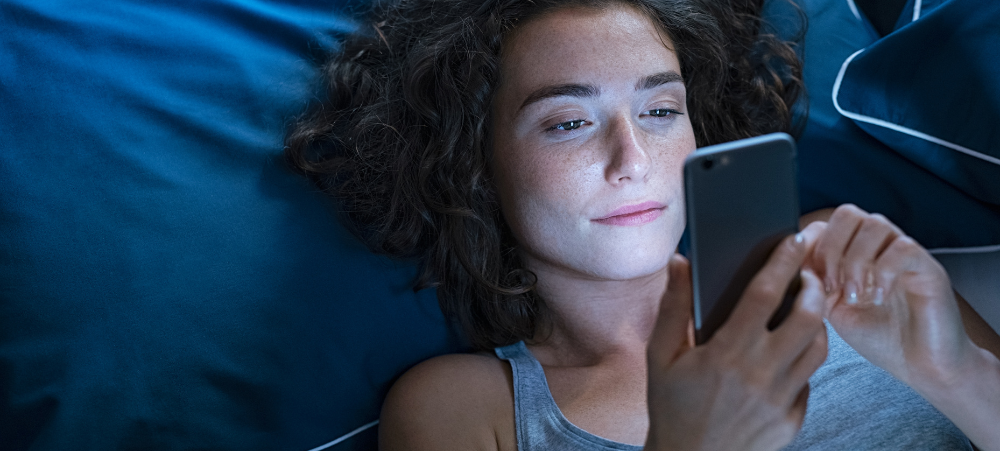Eye-hand coordination, also known as hand-eye coordination, refers to the smooth, controlled and coordinated movements of the hand and eye together in order to reach a specific goal.
While this may appear to be a fairly simple process to an observer, it is in fact an immensely complicated process that is dependent on your eyes ability to see, your brains ability to process, interpret and understand what is being seen by the eye and then based on that information plan and execute a smooth, coordinated, appropriate motor response. In the case of eye-hand coordination, the motor response relates to the use of the hands in order to achieve a particular objective.
Fine motor control refers to the ability of small groups of muscles found in the hands, fingers and eyes working together in a coordinated manner. Good fine motor skills develop from good gross motor skills in children. This means that providing a young child with opportunities to move the large muscle groups in their bodies through engaging in activities such as climbing, jumping, running and crawling develops body awareness. This in turn enables the child to better understand where their bodies are in relation to their environment and other objects. This understanding of their bodies in terms of large movements will then also translate in to an understanding of their bodies in terms of small movements or fine motor skills should the child be provided with sufficient gross motor input.
Kelly Westerman, Clamber Club franchisee and Occupational Therapist says, “It is very important to understand that our child’s eye-hand coordination is intimately linked to their fine motor control and both the importance of the eyes and the hands must be understood and acknowledged as being key role players in eye-hand coordination.”
The role of the eyes is to see, follow moving objects, focus near and far, judge distances, observe details of objects and importantly, navigate the movement of the hands. The role of the hands is to feel textures, shapes, temperatures and weight. The hand will hold and manipulate objects, push and pull, catch and throw, clap, rub, grip, squeeze and point. All of which might be meaningless without the guidance of the eyes; thereby creating the eye-hand coordination.
“If we consider how many of the things we do on a daily basis require the use of our eyes and hands, we realise how important it is that this process works effectively and efficiently,” adds Westerman.
Fine motor skills and eye-hand coordination begin to develop from the time a child is born. An infant tracking a moving object with their eyes and then attempting to swipe at it, reaching for objects and moving those objects to their mouths as well as grasping and releasing objects are all the early activities that develop these skills. As the child gets older good eye-hand coordination and fine motor skills contributes to a child’s ability to learn essential self-care skills such as dressing and undressing, brushing their teeth and feeding themselves. In the school-going child, proficiency in these skills results in improved classroom performance as these skills are involved with a learner’s ability to write, cut, copy work from a board and read.
“In light of the importance of eye-hand coordination, parents should ensure that they create opportunities for their children to learn and master these skills form as early as possible,” comments Occupational Therapist and founder of Clamber Club, Liz Senior. “We aim to provide children with comprehensive eye-hand coordination experiences in our classes, using equipment that is beneficial, and at the same time fun, while promoting the skills required to get their hands, fingers and eyes working together in a coordinated manner.”
Clamber Club has put together these top activities and games that can help your baby develop their eye-hand coordination:
- Encourage your baby to follow moving objects or person with their eyes
- Provide opportunities for your little one to reach and grasp at objects
- Give your baby a variety of objects to hold so that they can practice difference grips and grasps. Watch as your little one transfers objects from one hand to another. This is a very important skill that they learn, so parents should watch out for it!
- Your baby will also play with their hands. This is a wonderful way for them to learn more about their hands, so make sure that there are times when their hands are free of objects and they can explore with their hands at their midlines
- Do not discourage your little one from bringing objects to their mouths; this is an important skill and by mouthing objects your little one learns about certain features of that object
- Provide opportunities for your little one to explore objects with their eyes. This can be done through suspending objects from frames that your baby lies under
- 3 Ways to Encourage Imagination at All Stages - November 16, 2023
- Playful ways to express emotions - June 22, 2023
- The Great Eye-Hand Link; The Importance of Eye-Hand Coordination for Children - June 20, 2023





